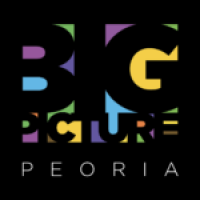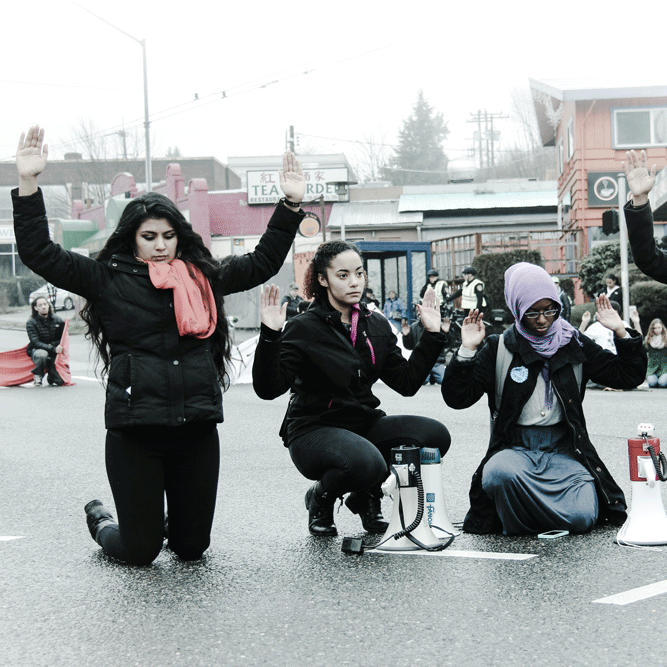The Lack of Uniformity Unites
by Adeline Ferolo
Eighteenth century Renaissance gowns swirl, paraded in front of potential suitors on the ballroom floor… Intricate threads dangling from flapper dresses swing in the haze of smoke to the rhythm of blistering music underneath the roaring streets of New York City… Baggy jeans, graphic t-shirts, and chunky gold chains bop alongside 80s American hip hop classics of Public Enemy and Run DMC…
These distinct moments within fashion represent the popular trends of those time periods. Styles and trends are often associated with certain political, religious, and social groups, and an individual can display their personal beliefs, morals, and values outwardly, leaving them to be interpreted by society. For instance, the flapper dress of the 1920s was considered a provocative and alluring outfit to wear. Considering the conservative political circumstances, with the Prohibition movement at its peak—outlawing the production and consumption of alcohol— wearing that style of dress was viewed as a rebellious act. The free-form structure and short length defied societal expectations of proper behavior for a woman. Additionally, the dress represented the younger generation’s resentment towards the political and social environment of the era.
Just as with the flapper dress, popular styles throughout history reflect the concerns, needs, and conflicts within a society. This idea is mirrored within 2020 as the intersection of race, politics, economics, and health, alongside other global issues, are plastered across all forms of social media and news outlets. Sentiments towards these topics are communicated through styles and trends, most directly observed through the various protests that have transpired throughout the world. Specifically, the Black Lives Matter (BLM) protests have and continue to challenge the centuries of systemic oppression targeting Black people. Protesters wore no identifiable uniform but instead wore everyday clothing. In doing so, the protesters expressed their unique identities, often breaking stereotypes associated with their skin color, ethnicity, sexuality, or gender. While likely a subconscious act of defiance, it stands in stark contrast against the uniformed clothing that police and military personnel wore while confronting protesters. The presence of law enforcement officials looming behind cement barriers and SWAT shields often incited fear among protesters, perpetuating the oppression which disproportionately affects the Black community.
While no common article of clothing can identify a protester, graphic t-shirts proclaiming controversial or political messages do. This is especially evident in the campaigns of rivaling political parties for the presidential election. These shirts explicitly challenge the problems of society and are often worn by distinctive, passionate individuals. Additionally, these clothing items are gender neutral and financially accessible, dissolving economic and gender barriers. In the past, clothing articles indirectly represented a certain disposition towards a particular topic, just like the flapper dresses of the 1920s. Through these forms of expression, an opinion was inferred, but never explicitly addressed. In contrast, the screen printed words and images on graphic t-shirts directly state the anger, frustration, and desire for change that accompanies the year of 2020.
About Adeline Ferolo

Stories, arguably, are the most underrated form of currency that floods the digital world, through highlighted Instagram posts and viral YouTube videos. As a rising senior at Richwoods High School, Adeline Ferolo aims to express herself and the issues closest to her authentically through engaging, storytelling, and other mediums. She is a competitively academic student. Her interests range across many creative outlets—as an active writer for the Richwoods Shield, the monthly school newspaper, and as a contributor to the youth-led blog EnviroWrite, which explores rising environmental concerns. Recently she has discovered her passion for the medium of film after attending the National High School Institute summer program at Northwestern University, where she had previously studied creative-intensive subjects ranging from sustainable architecture to graphic design. Within the past year, she has focused her efforts on exploring the visual medium in both her academic and personal life, opting to create experimental videos for class projects and continuing to explore different aspects of the visual language.

